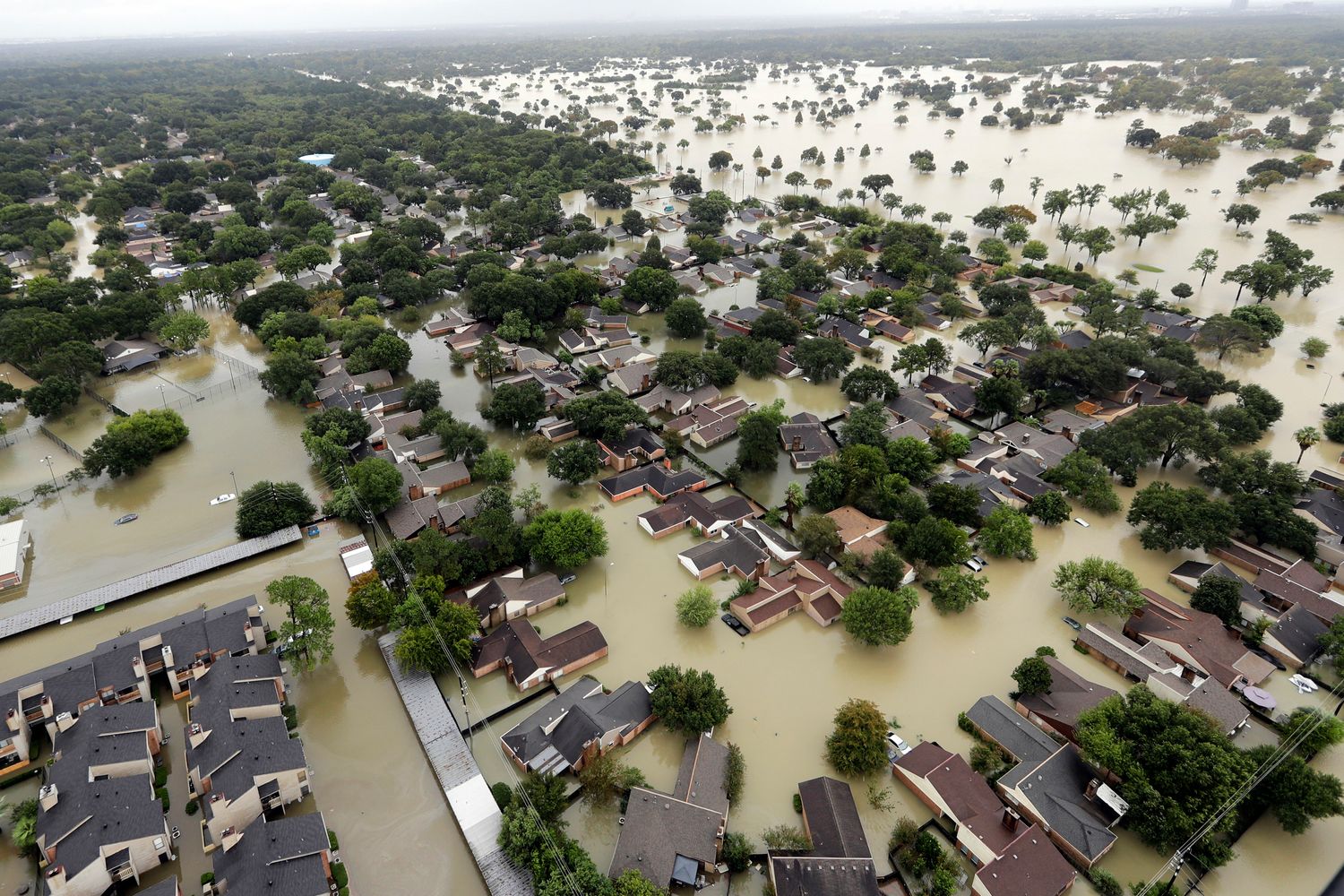
A National Bureau of Economic Research working paper in February concluded that homes in flood plains are overvalued by $34 billion because homebuyers don’t fully price in the high risk of climate-related disasters.
“There are some systemic risks here which need to be considered and evaluated — and right now,” said former California Insurance Commissioner Dave Jones. “U.S. financial regulators are much further behind in that regard.”
And that risk is growing. Homebuilding and mortgage originations in floodplains have risen steadily over the years even as the number of flood insurance policies has fallen, according to data provided to POLITICO by First Street Foundation, a nonprofit that seeks to determine the probability of flooding for every U.S. home.
Between 2006 and 2018, nearly 600,000 houses were built in 100-year floodplains, bringing the total to 4.1 million homes. In that same time period, 300,000 mortgages were added to homes in floodplains, bringing the total number of loans to 7 million.
As residential construction and lending have risen in tandem, they’ve outpaced insurance. The number of taxpayer-backed flood insurance policies in effect nationwide peaked in 2006 at 5.5 million after Hurricane Katrina. But by 2018, there were only 5.2 million policies in effect.
And where the risk of flooding is highest, the number of policies held has shrunk even faster, according to FEMA. In 2008, there were 2.5 million residential structures in floodplains insured by the NFIP. By the end of 2019, that number had fallen to fewer than 1.8 million.
Despite the obvious threat, lawmakers are hesitant to take action, given the political landmines surrounding Fannie and Freddie.
Fannie and Freddie make money by charging lenders a fee to guarantee the mortgages that they bundle and sell as securities to pension funds and other big investors. But the companies don’t charge higher fees to guarantee mortgages on houses in flood plains, despite the clear risk.
Fannie Mae and Freddie Mac say their hands are tied. To avoid discriminating against borrowers, the companies have made it their mission to serve all markets at all times without charging higher fees for certain locations, no matter how risky.
Any discussion of location-based fees risks reopening wounds from redlining, the government’s decades-long practice of drawing lines on maps around minority neighborhoods to discourage mortgage lending to those communities.
Redlining’s lingering effects — black neighborhoods in some cities were deliberately pushed into areas with poor water drainage, for instance — compound the taboo of charging borrowers more for loans in high-risk areas.
“You don’t want the government to disinvest in those communities and you don’t want private institutions to do that either,” said Graham Steele, a former aide to Sen. Sherrod Brown (D-Ohio) who now leads the Corporations and Society Initiative at the Stanford Graduate School of Business.
Brown, ranking member of the Senate Banking Committee, and Sen. Sheldon Whitehouse (D-R.I.), a climate hawk, in a February letter asked Fannie and Freddie for details on how they assess climate risk.
Brown invited FHFA officials late last year to brief a bipartisan group of senators on climate risks to the mortgage market. In the briefing, the officials highlighted practices the companies take that limit taxpayer liability, but they failed to address lawmakers’ concerns about deeper, systemic threats to the housing market, according to Senate aides who attended the briefing.
Still, with mortgages so bound up in race and economic inequality, lawmakers are treading lightly. Obvious fixes, such as imposing location-based or climate risk-based pricing for example, could hurt certain constituents by raising the cost of borrowing or depressing home prices.
While Fannie and Freddie don’t screen loans for disaster risk, the mortgage lenders who sell them loans do, a dynamic that could be pushing even more risky loans onto the companies’ books.
In 2019, two researchers asked whether bank lenders had an incentive to sell mortgages with high flood risk to the two companies. They found that after a region was hit by natural disaster, banks in the area sold more mortgages at levels just below a financial cap that would allow them to offload loans to Fannie and Freddie.
The increase was “larger in neighborhoods for which such a disaster is ‘new news’,” in other words, where a place didn’t have a history of trouble, wrote Amine Ouazad, an economics professor at HEC Montreal, and John Hopkins economist Matthew Kahn.
And if floods do wallop Fannie- and Freddie-backed loans, it would be difficult for the companies to divine which among the millions of loans they guarantee have flood insurance and which don’t, Ouazad said.
“You can imagine the administrative cost,” Ouazad said. “It’s like taking a carpet and trying to remove every single thread.”
This report contains graphics that can only be viewed online. View the full story with graphics here.
Source: politico.com
See more here: news365.stream






